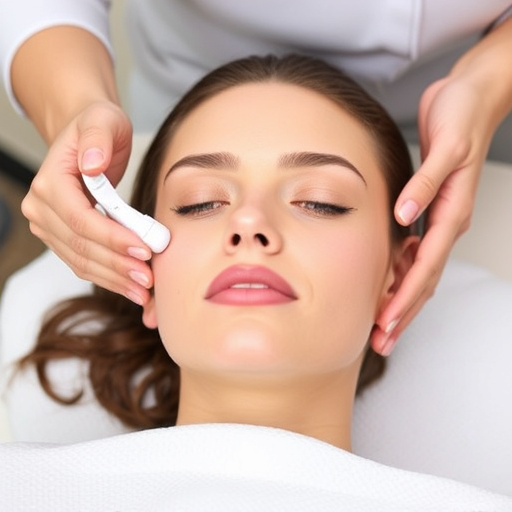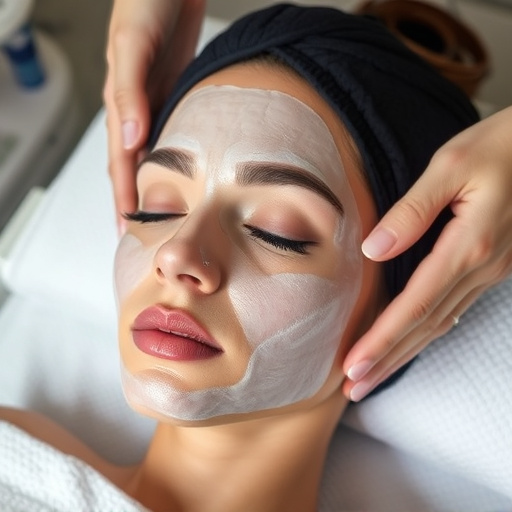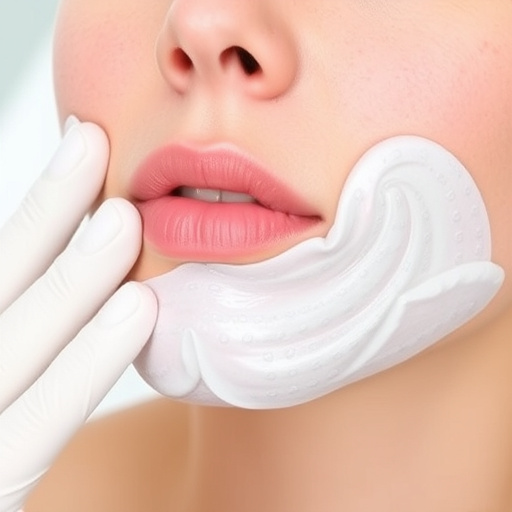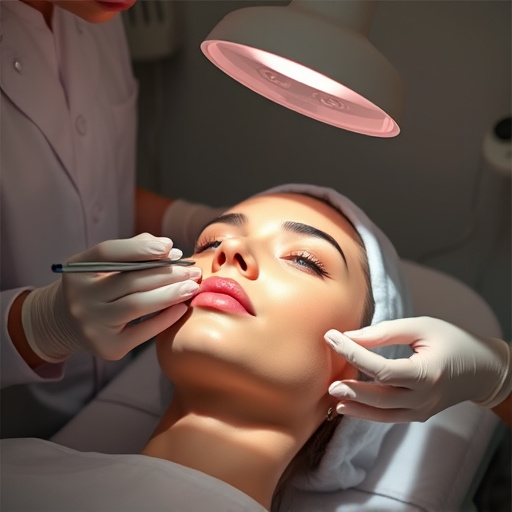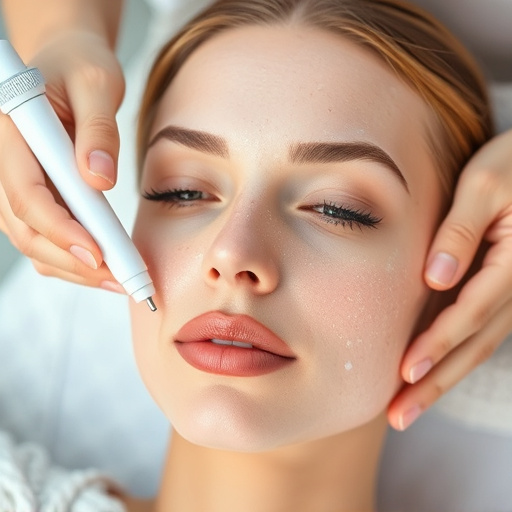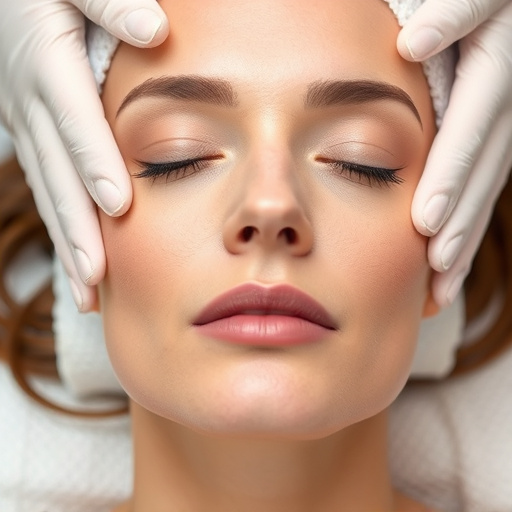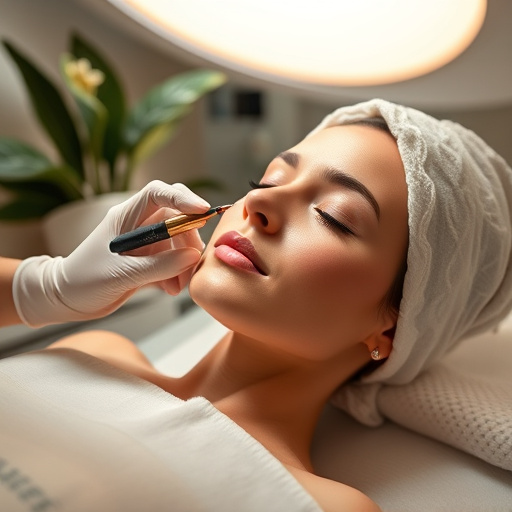Sun damage, caused by UV radiation, leads to premature aging and skin issues like wrinkles and age spots. Treatments range from topical creams with Vitamin C, Retinol to professional in-clinic procedures like chemical peels and laser therapy. Intense pulsed light (IPL), deep chemical peels, hydrating facials, and laser hair removal are effective for severe cases, offering rejuvenation and repair for sun-damaged skin.
Sun exposure can take a toll on your skin, leading to wrinkles, age spots, and even skin cancer. Understanding sun damage and its causes is the first step towards repairing and preventing further harm. This article explores top dermatological treatments for sun damage, ranging from topical therapies for mild to moderate cases to advanced procedures for severe sun damage repair. Discover effective solutions to restore your skin’s health and youthful radiance.
- Understanding Sun Damage: Causes and Effects
- Topical Treatments for Mild to Moderate Damage
- Advanced Procedures for Severe Sun Damage Repair
Understanding Sun Damage: Causes and Effects

Sun damage is a common issue that affects many individuals due to prolonged exposure to ultraviolet (UV) radiation from the sun. This radiation can cause a range of problems, from premature aging and loss of skin elasticity to more severe conditions like skin cancer. Understanding the causes and effects of sun damage is crucial in choosing the right treatments for its reversal or prevention.
The primary culprit behind sun damage is excessive UV exposure, which breaks down collagen and elastin fibers in the skin. These proteins are responsible for maintaining skin structure and flexibility. As a result, sun-damaged skin often exhibits wrinkles, fine lines, age spots, and loss of overall skin tone. In some cases, it can lead to more serious issues like solar keratoses or even melanoma. Incorporating effective sun damage treatments into your skincare routine is essential for promoting skin health and achieving a youthful appearance. This includes using sunscreen daily, adopting protective measures during outdoor activities, and exploring advanced procedures like chemical peels or body contouring therapies to reverse the signs of UV-induced aging.
Topical Treatments for Mild to Moderate Damage
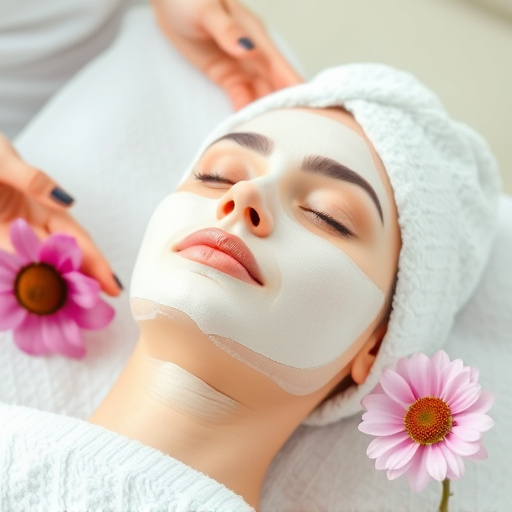
Mild to moderate sun damage can often be treated effectively with topical applications. These over-the-counter or prescription creams and serums are formulated to target specific signs of sun damage, such as hyperpigmentation and fine lines. Ingredients like Vitamin C, Retinol, and Hydroquinone are popular choices for their ability to brighten the skin, reduce age spots, and even out skin tone. Additionally, non-surgical treatments like microneedling therapy can stimulate collagen production, enhancing skin texture and elasticity while also improving the penetration of other topical treatments.
While these topical treatments offer a more accessible and affordable sun damage treatment option, it’s important to remember that they may not be suitable for everyone or every type of sun damage. For more severe cases or those seeking faster results, in-clinic procedures like chemical peels or laser therapy might be recommended. These professional non-surgical treatments can address deeper layers of damaged skin, providing more dramatic improvements in texture, tone, and overall appearance.
Advanced Procedures for Severe Sun Damage Repair

For individuals with severe sun damage, several advanced dermatological procedures offer promising solutions for repair and rejuvenation. One such procedure is intense pulsed light (IPL) therapy, which uses a broad spectrum of light to target and break up damaged skin cells. This non-invasive treatment can significantly improve the appearance of age spots, pigmentation, and other signs of sun damage over multiple sessions.
Another effective method is chemical peels, where chemicals are applied to the skin to exfoliate the top layer, removing damaged cells and encouraging new skin growth. Peels can vary in depth, from superficial to medium or deep, depending on the severity of sun damage. Pairing these procedures with hydrating facials can also enhance results by providing intense moisture to nourish and heal the skin post-treatment. Additionally, laser hair removal may be recommended to address thickened, damaged hair follicles, further contributing to a more youthful complexion.
Sun damage is a common concern, but there are effective treatments available for both mild and severe cases. Understanding the causes and effects of sun damage is the first step towards repairing and preventing further harm. From topical creams to advanced procedures like laser therapy, various options cater to different levels of damage. Incorporating protective measures and regular check-ups into your skincare routine can significantly enhance the results of these treatments, ensuring healthier, more radiant skin. By choosing the right sun damage treatment tailored to your needs, you can achieve a significant improvement in skin texture, tone, and overall appearance.








